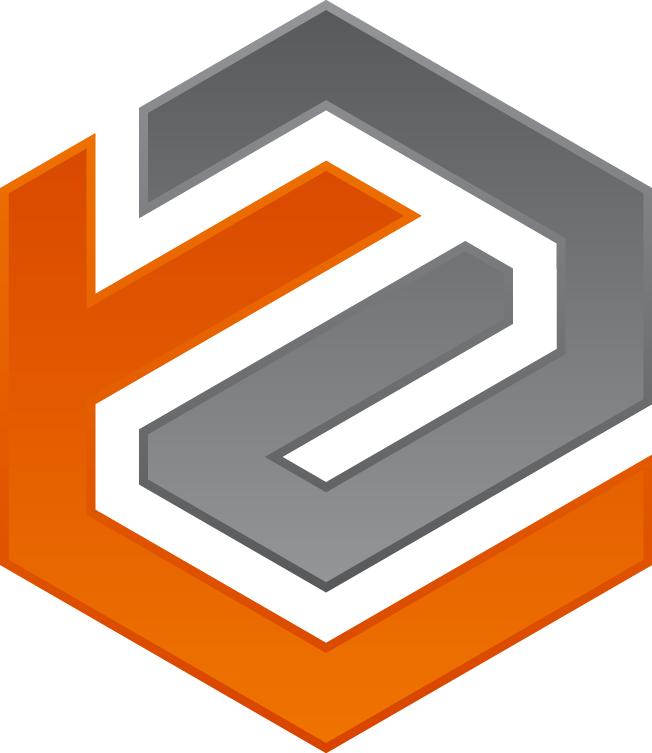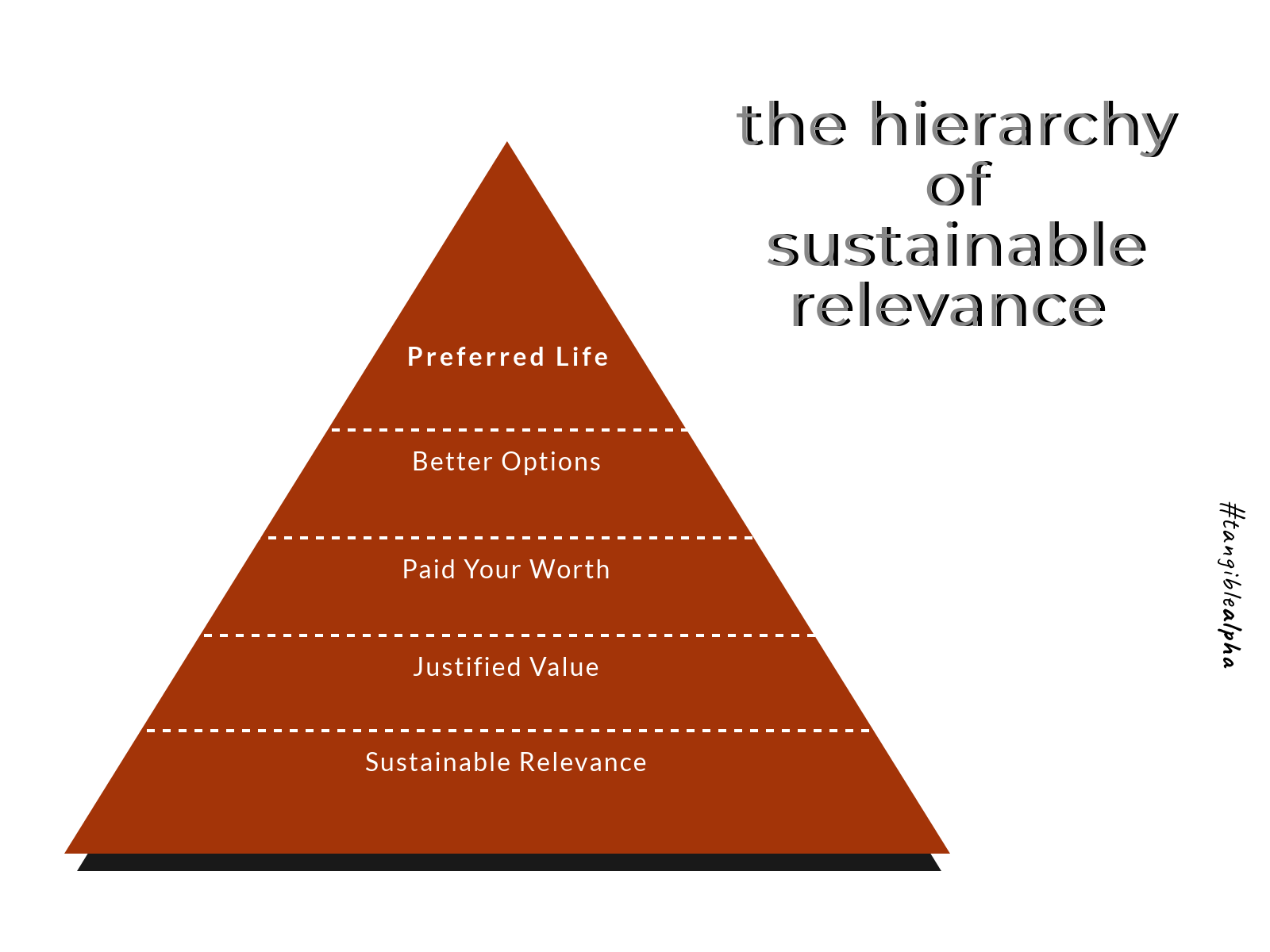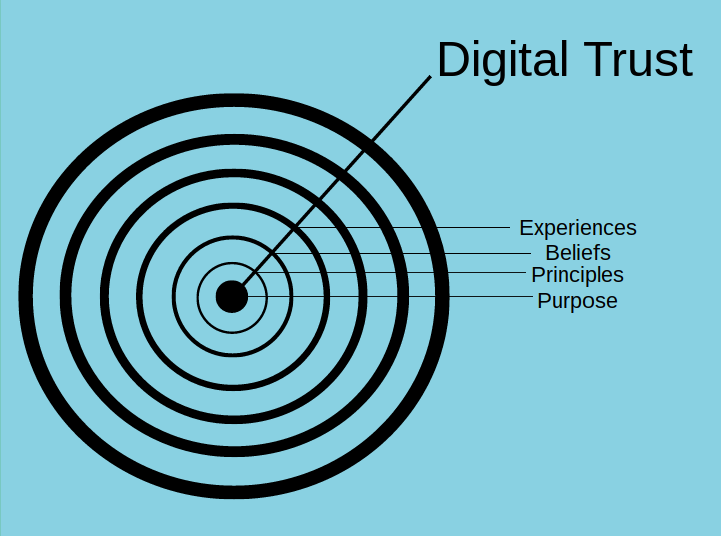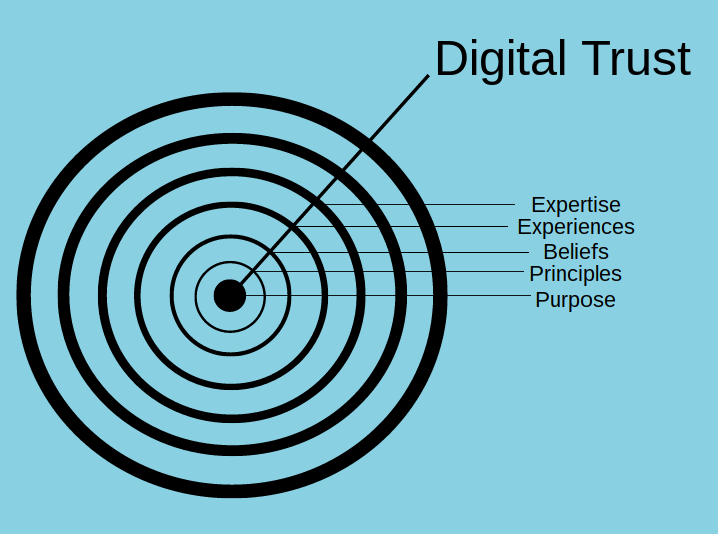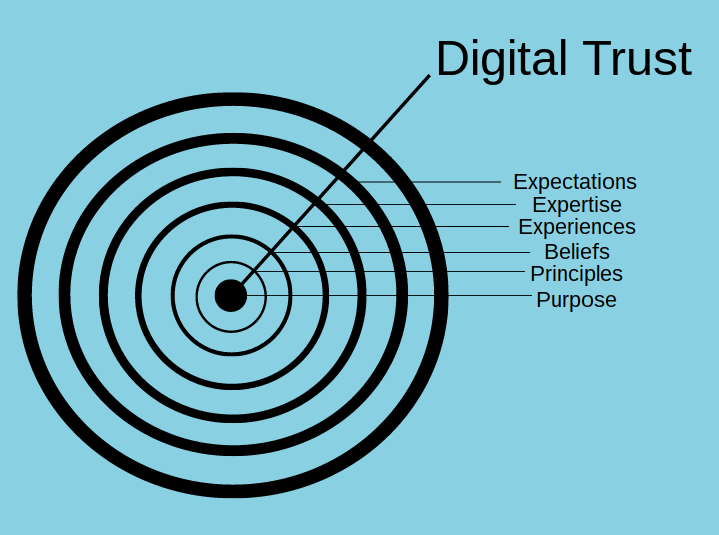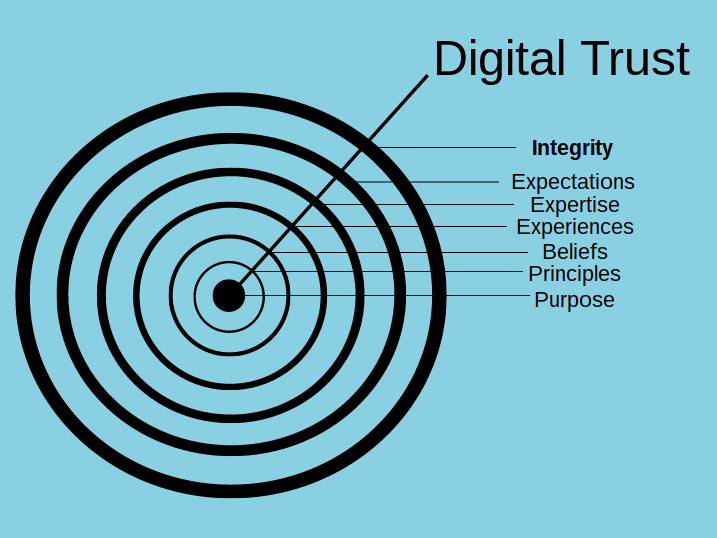The New Metrics
Your Metrics Are Special
This Is Not Conjecture
Advisor Opacity
The opacity or lack-of-clarity that is inherently developed by the average financial services professional has been developed over decades by an industry counting on that lack-of-clarity to increase demand for services… that model is done… it is no more… If you don’t leverage transparency to your advantage in the form of Tangible Alpha, you will become extinct… your services will become commoditized and your clients will become enemies. Price only become an issue in the absence of value… you must make your authentic relevant value Tangible…
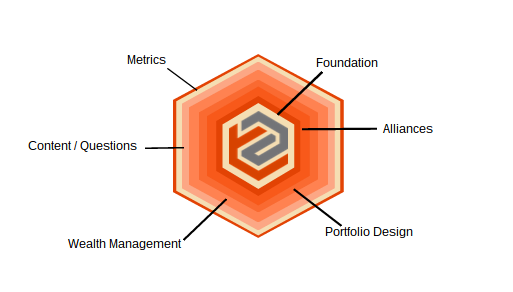
Adapt and Survive
It’s very important that you are able to challenge yourself to think differently on a daily basis so that you can remain adaptable to the ever-changing landscape of financial services. It’s equally as important to be able to challenge yourself in a 100% confidential platform. No one is looking over your shoulder, no one is judging you. This is the opportunity for you to take complete control of your business. Build on purpose at TangibleAlpha.com It truly is nobody’s business but yours.
Curated Article
Last week in Newport, Rhode Island I was reminded of what a healthy and robust economy we’re currently living in.
On a quiet Tuesday night, the restaurant we dined at, The Mooring, was anything but quiet. There wasn’t an empty seat in the place. We saw tables turned over multiple times and a constant lineup of eager diners with no reservations anxiously hoping a spot would open for them.
Nearly every great restaurant was experiencing the same. In fact, if a business didn’t have this type of demand, we could make an argument they were likely doing something wrong. As one person at my meeting said, “It’s almost hard to NOT to succeed in this market.”
That restaurant reminded me of one of the “classic” questions from the marketing world: If I were to ask you, what’s the single most valuable competitive advantage a company can have, what would you say?
Some would answer by saying money, or proprietary technology, or a monopoly.
The late Gary Halbert, a famous, contrarian direct response copywriter often wrote that the single most important competitive advantage any business could have was a “starving crowd.”
Halbert argued that the only competitive advantage you needed was an audience, hungry and salivating for your products and services. These restaurants were getting it right.
I love Gary and have often talked about him in my Tidbits, podcast, and while working with clients.
But in this case, Gary was wrong.
Sure, a metaphorically hungry, starving crowd is important, and many businesses have done a fantastic job cultivating that type of audience, but what about the rest of the companies out there?
What about companies facing industry-wide disruption from the Amazons of the world?
My friend and colleague, Colleen Francis, who consults for some of the biggest firms in the Fortune 100 suggested the single biggest threat she sees all clients facing, in nearly every sector, is literally Amazon.
She calls the phenomenon the “Amazonification of Sales.” Colleen says that clients in every sector and every industry now expect the Amazon experience. They’re going online and price shopping. They expect fast turnaround times and speedy delivery. And they expect it, regardless of what you’re selling – even if you’re selling a 2 billion dollar piece of heavy manufacturing equipment, or making a multi-million dollar licensing sale.
I see this outside the Fortune 100 and in my privately-held midmarket clients all the time. They’re all facing customers and clients with exceedingly increased expectations almost solely because of their experiences with Amazon.
And this is why Gary was wrong. The single most important competitive advantage a business has isn’t a starving crowd.
It’s the ability and willingness to change.
It’s getting harder and harder to win with “what got you here.” The strategies and successes of your past can, if you’re not careful, create your downfall. (Consider Blockbuster passing up on buying Netflix).
As one of my colleagues said last week which I thought was brilliant, “If it can happen to #generalelectric, it can happen to you. Nobody is immune.”
So here’s a question for you to consider.
Are you experimenting with enough change?
None of us have even a smidgen of the resources available to Amazon, but it doesn’t mean we can’t be changing at a similar speed.
For example, Amazon, Google, Apple and others are famously known in business circles for innovating through small teams and constant micro-experiments running all the time.
What experiments are you running in your business?
What processes are you engaged in changing or improving?
What can you change about your sales process, your customer experience, your decision-making process, etc?
There’s enormous pressure in the business world to optimize for results today. But the magic lies in optimizing for today while innovating for tomorrow. Excellent management can balance those objectives carefully.
Your Challenge For The Week: Devise a low-risk experiment you can run for a short time and share it with me.
Here are a few examples.
If you’re a VP of Sales, consider a new step or reducing steps in your sales process.
If you’re in charge of #customerservice, devise a new way of handling complaints, criticism, and feedback.
If you’re in charge of #customerexperience, consider testing something new as part of the customer’s post-purchase experience, or try testing a new way of caring for customers in a retail environment.
If you often launch new products into the market, try pre-selling those products before launching them.
The key is to make your experiments low-risk, and low-stakes, but enough to help you change, pivot, adapt, remain relevant, and thrive well into the future.
As a bonus challenge: Ask all your subordinates (VP Sales, CMO, CFO, etc.) to make a list of all the processes, tasks, and repetitive things the company does on a regular basis. If you asked why they’re done in a certain way, and the response is, “Well, that’s the way we’ve always done it….”
Start there.
Build On Purpose (2/3)
Trying to Break Down the Fundamentals of Value Design Can Be an Overly Complicated Endeavor…
In this three part blog post I am attempting to simplify what I have known to be fundamentally true about advisor value design for the past three decades… It can be tricky sometimes to simplify the complex.
This is part two of three. We pick up where we left off in part one…
After you are able to define your client-centered purpose and publish your values and principles, as well as document your beliefs and opinions about your unique value… (seems complicated but we make it easy). You are ready to share your experiences your expertise and promise your behavior.
These are the activities required to connect the dots between the collaborative behavior required by your trusted clients and the behavior you can promise as a trusted advisor. Remember, this is about three main things.. Earning trust, controlling the perception of your value, and setting collaborative rules to remain relevant.
The progression of your value development must be acknowledged as part and parcel with your value design… in other words, how you design your value becomes a part of your value design.
The simplification of the Infinite Alpha Progression allows you to make incremental additions to your overall success by continuing your exponential engagement with clients and prospects.
Each one of the elements shown on the slides included is a fundamental discipline that requires your attention daily to meet the demands of exuding your value exponentially every day. When combined in a variety of ways, the disciplines of your value are the building blocks of your relevance. They work together in conjunction to empower you. The progression gives you the luxury of saved time while you attend to the daily actions required by you to survive, while giving you the opportunity 24/7 to build your business on purpose.
